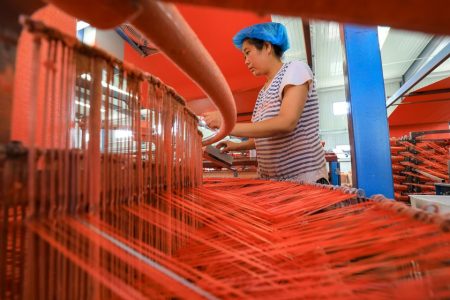More than 40 representatives from Chinese and European Union (EU) semiconductor enterprises met in Beijing on Tuesday, along with representatives from China’s Ministry of Commerce (Mofcom), the China Semiconductor Industry Association, and the European Union Chamber of Commerce.
The aim was to deepen collaboration between the two regions across the semiconductor supply chain, strengthening its resilience in the face of the US’s ever-increasing tech restrictions on China, the South China Morning Post reports.
In recent days, Washington has suspended the sale of even more technologies to China – including those related to semiconductors, Reuters reported. These are just the latest in a long series of restrictive policies limiting China’s access to equipment and materials that would advance its AI sector.
In a statement issued on Tuesday, Mofcom noted that “the security and stability of the global semiconductor production and supply chain are facing serious challenges.” It also said that Beijing “resolutely [rejected] unilateralism and bullying practices” – a reference to the policies of US President Donald Trump.
[See more: China now leads the world in semiconductor research, a new report says]
According to Mofcom, attendees at Tuesday’s meeting – which was hosted by the central government – pledged to safeguard the security and stability of the global semiconductor supply chain, and agreed that more cooperation between China and Europe would benefit both sides.
The meeting took place two weeks after the US government agreed to back down from its tariff war on China by substantially reducing the sky-high tariffs it had imposed on Chinese imports for a period of 90 days. Beijing then agreed to lower the tariffs that it had imposed on US goods in response to Washington’s levies.
However, the New York Times described tensions between the two countries as having shifted towards “supply chain warfare” – with the US imposing more tech curbs and China protectively restricting US access to certain critical minerals.




